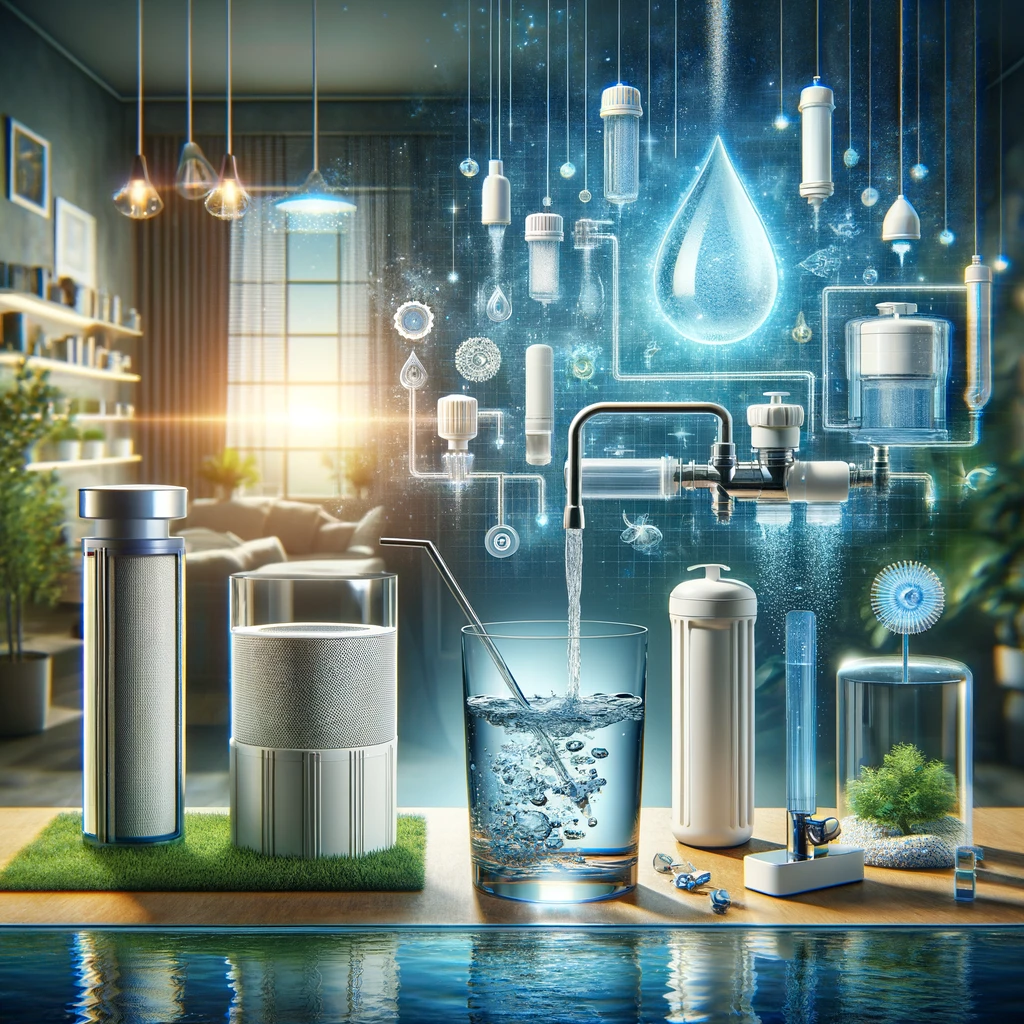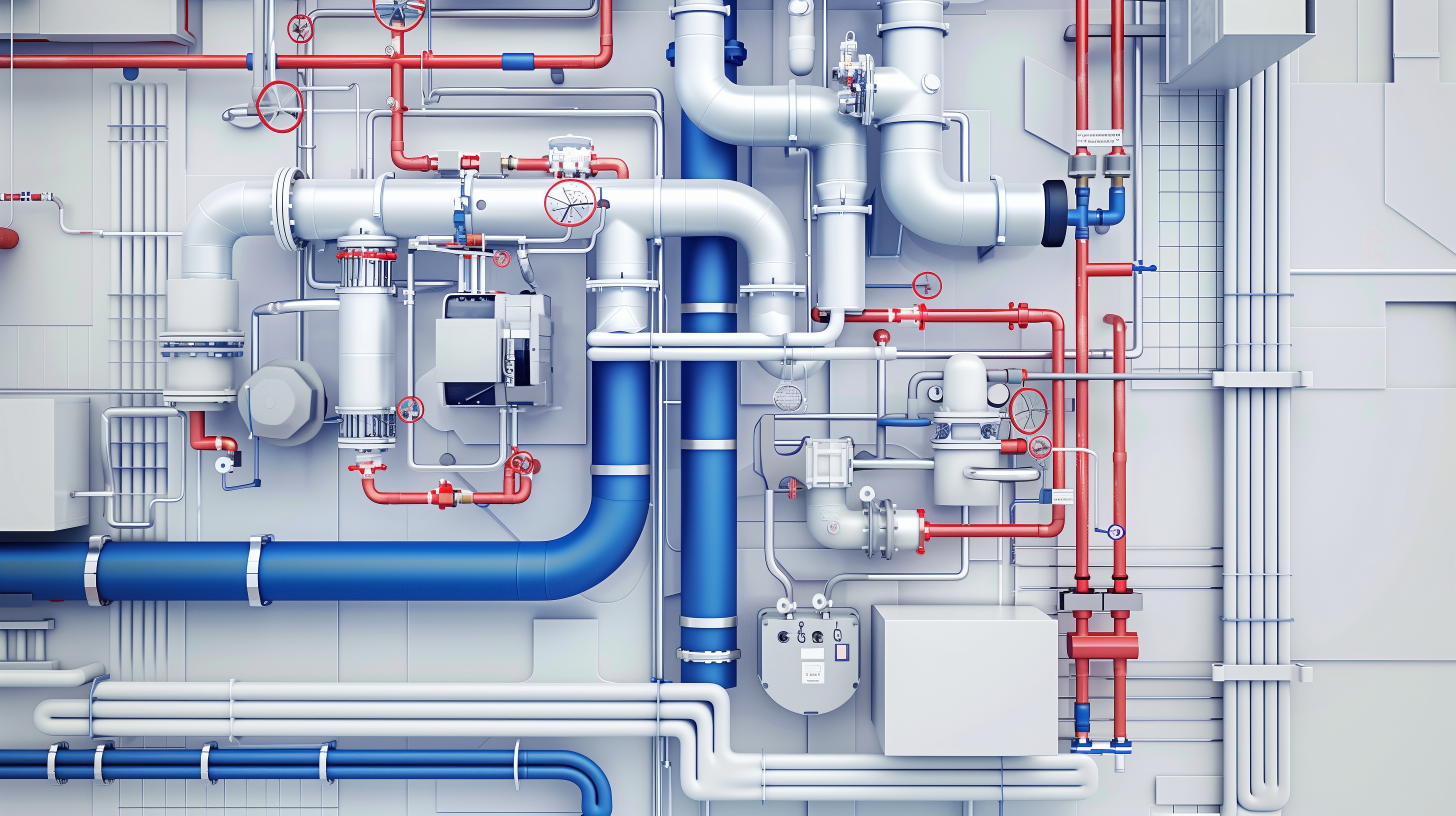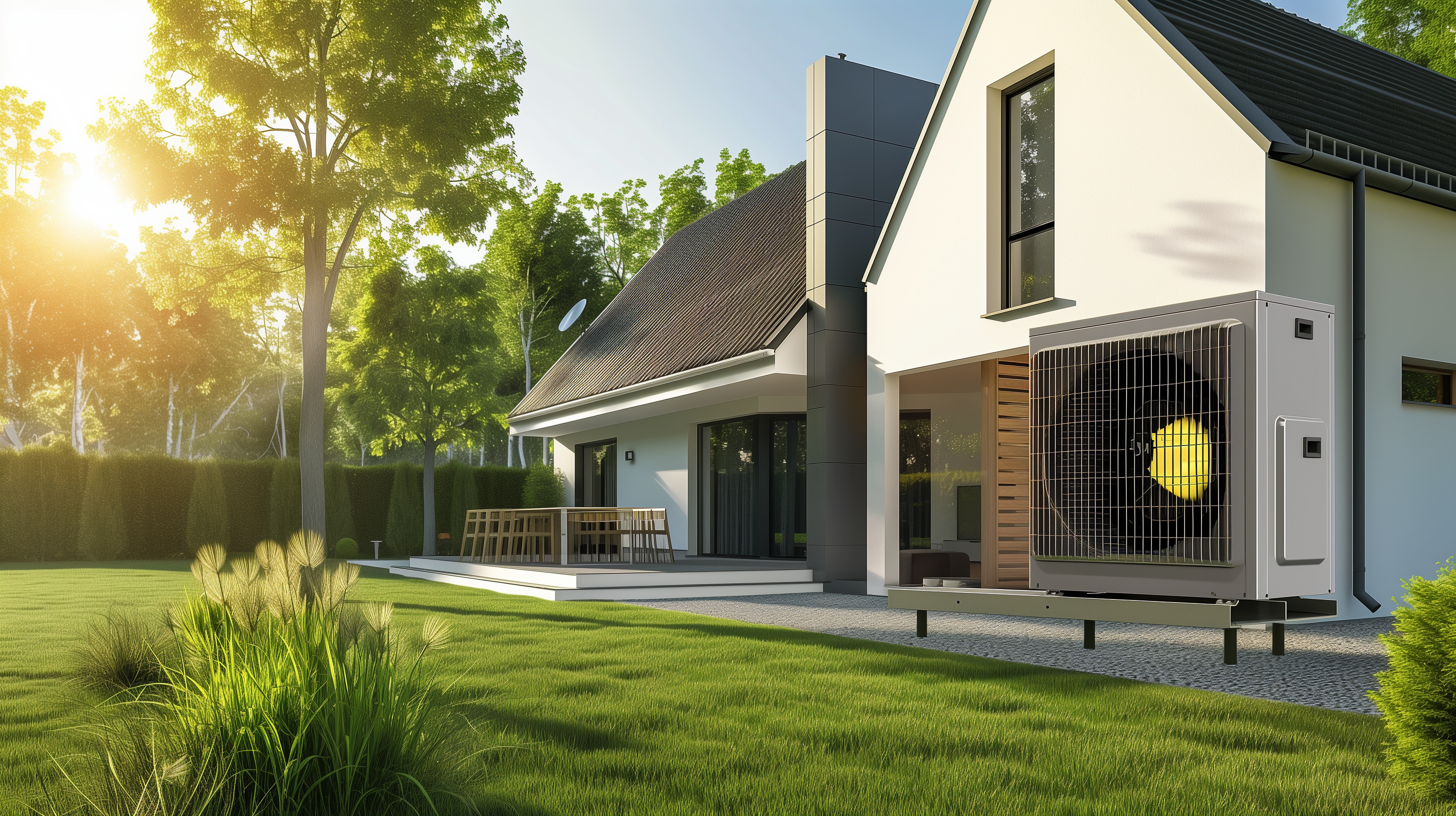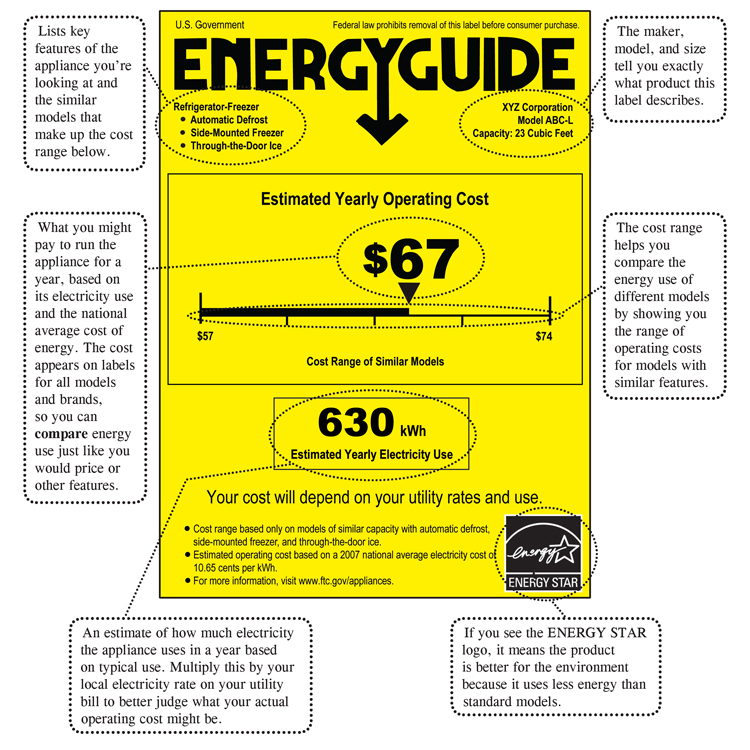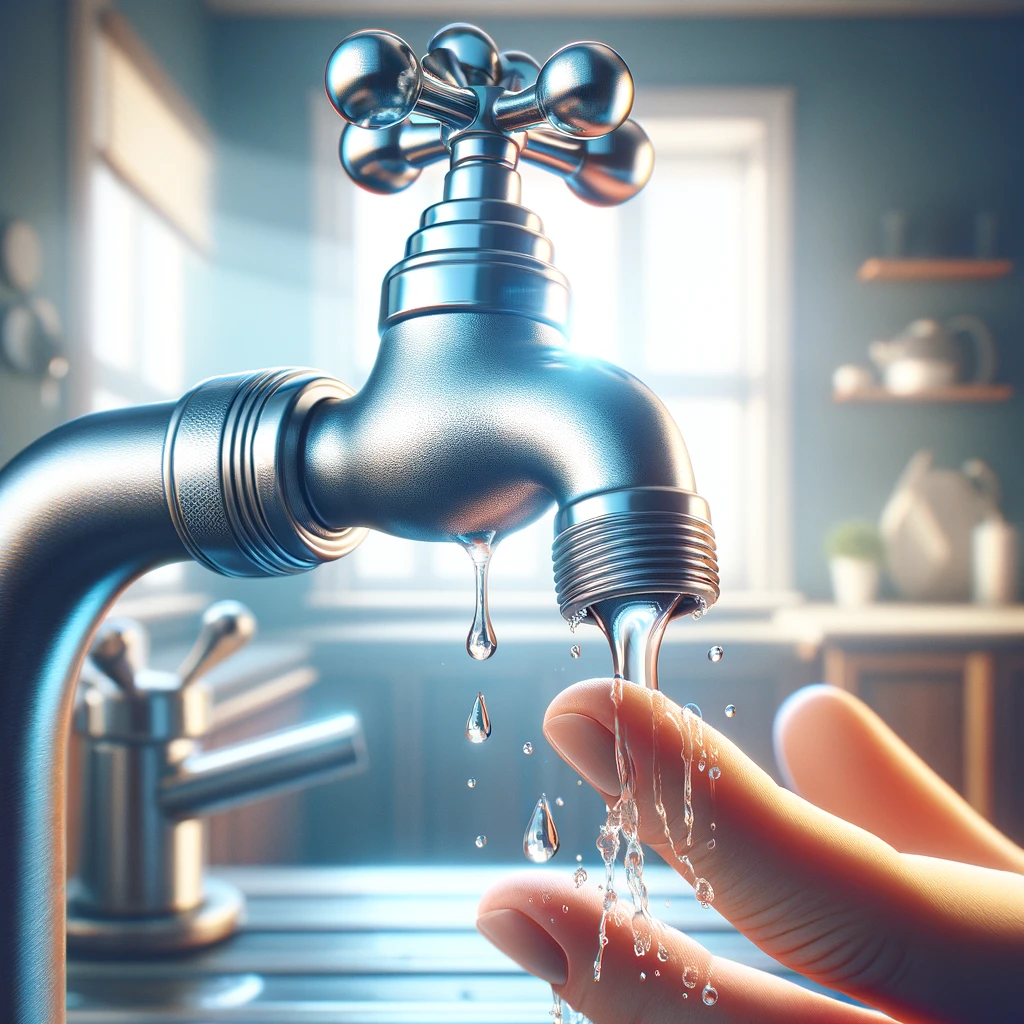In today’s world, ensuring the safety and quality of our drinking water is of paramount importance. From public water supplies to private wells, the need for effective water treatment systems cannot be overstated. In this blog, we delve into the realm of drinking water treatment systems, exploring their scope, description, compliance requirements, and the measures necessary to ensure their success.
From regulatory standards set forth by organizations like NSF/ANSI to the practical considerations of selecting the right treatment method for specific contaminants, we’ll navigate the complexities of this essential aspect of maintaining clean, potable water.
Scope:
- WaterSense Labeled Home certification doesn’t mandate drinking water treatment systems but suggests adherence to efficiency standards.
- Recommended systems should process 100 gallons with less than 15 gallons of water and yield 85 gallons of treated water.
- Installation may contribute to the 30% efficiency requirement. Refer to specific WACM for detailed information.
- Drinking water systems, if installed, must adhere to relevant NSF/ANSI standards:
- NSF/ANSI 42: Aesthetic Effects
- NSF/ANSI 53: Health Effects
- NSF/ANSI 55: Ultraviolet Microbiological Treatment
- NSF/ANSI 58: Reverse Osmosis Treatment
- NSF/ANSI 62: Distillation Systems
Description:
- Public water suppliers must meet federal and state criteria for safe drinking water.
- Private water supplies lack regulation; individuals with wells must ensure water safety.
- Selection of treatment systems depends on contaminants or water properties.
- Various tests are available, though they may not cover all contaminants under the Safe Drinking Water Act.
Contaminant Consideration:
- Builders need to identify contaminants or water properties to select suitable treatment systems.
- No single method addresses all contaminants; tests usually focus on common issues like hardness, pH, iron, etc.
- Water treatment dealers typically offer tests for nuisance contaminants, with occasional nitrate testing.
Treatment Methods:
- Nuisance problems like iron, manganese, etc., often require point-of-entry treatment.
- Health-affecting contaminants like nitrate and lead may necessitate point-of-use equipment.
- Bacteria and organic contaminants may require point-of-entry equipment to prevent exposure during various water uses.
Efficiency:
- Most residential systems meet or exceed 85% efficiency.
- Reverse osmosis systems may have reject water but should meet the efficiency standard.
- NSF International sets standards for various treatment systems, ensuring product reliability and safety.
Standards:
- NSF/ANSI standards include aesthetics and health effects, ultraviolet microbiological treatment, reverse osmosis, and distillation including:
- NSF/ANSI 42: Aesthetic Effects
- NSF/ANSI 53: Health Effects
- NSF/ANSI 55: Ultraviolet Microbiological Treatment Systems
- NSF/ANSI 58: Reverse Osmosis Treatment Systems
- NSF/ANSI 62: Distillation Systems
- Certified products display the NSF mark.
- Verify through manufacturer literature that systems meet standards and efficiency requirements.
Ensuring Success:
- Verifiers confirm system compliance during installation.
- This verification is done through thorough examination of manufacturer product literature.
- Check manufacturer literature for compliance and efficiency.
- Suppliers should also be capable of identifying systems meeting these specifications, ensuring clarity and confidence in system selection.
- Regular maintenance, monitoring, and testing are essential for proper operation.
- Builders must ensure that homeowners receive appropriate information from the manufacturer regarding maintenance procedures, schedules, and testing requirements.
Compliance:
- Drinking water systems must meet applicable NSF/ANSI standards.
- Efficiency requirement: at least 85 gallons of treated water per 100 gallons processed.
For certified models, visit the NSF website: NSF Certified Models
Ensure compliance by verifying system standards and efficiency through manufacturer documentation.
For immediate service or consultation, you may contact us at Allied Emergency Services, INC.
Contact Information:
- Phone: 1-800-792-0212
- Email: Info@AlliedEmergencyServices.com
- Location: Serving Illinois, Wisconsin, and Indiana with a focus on the greater Chicago area.
If you require immediate assistance or have specific questions, our human support is readily available to help you.
Disclaimer: This article is intended for informational purposes only. For professional advice, consult experts in the field.






